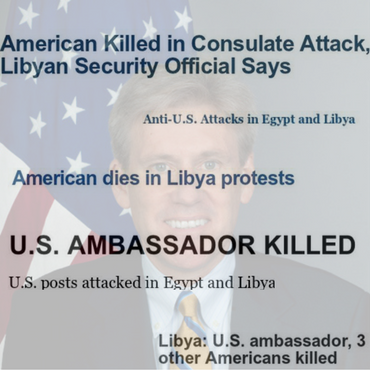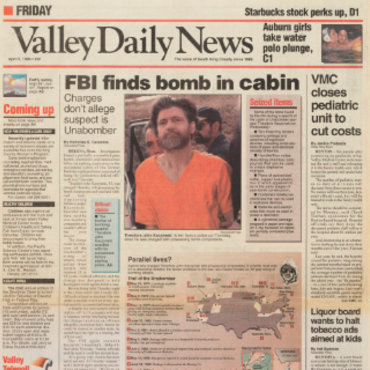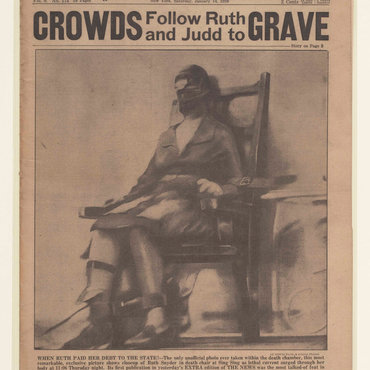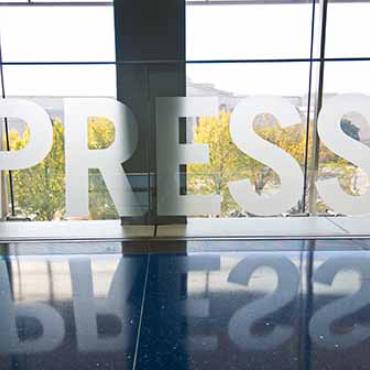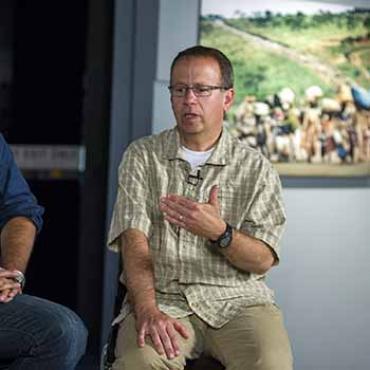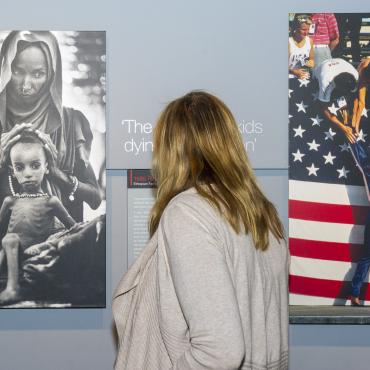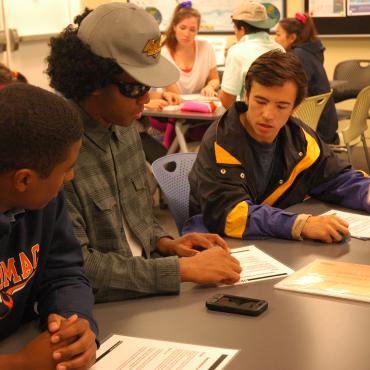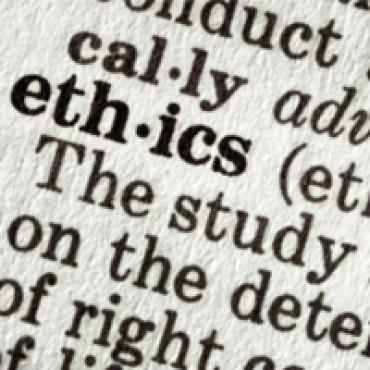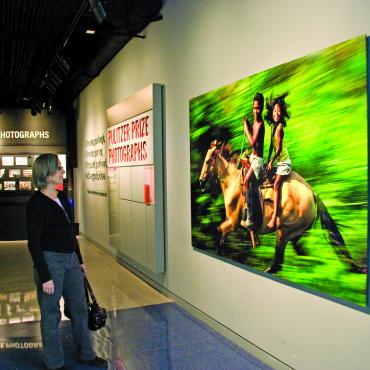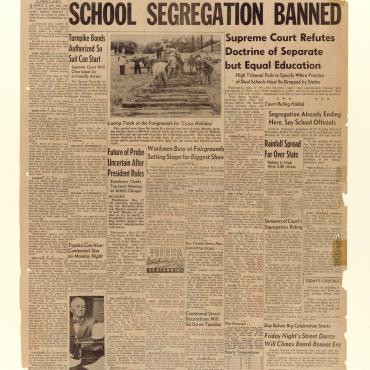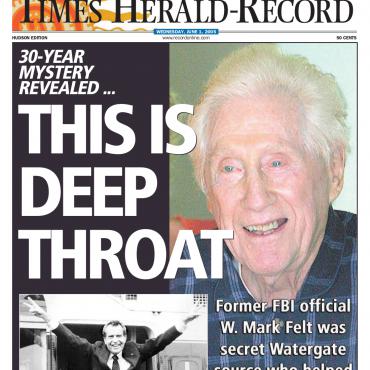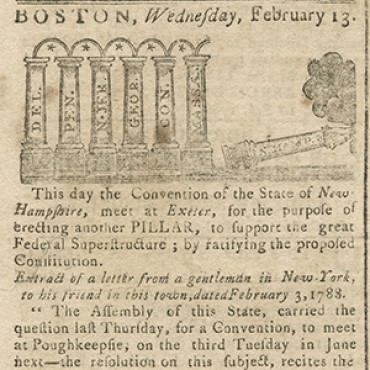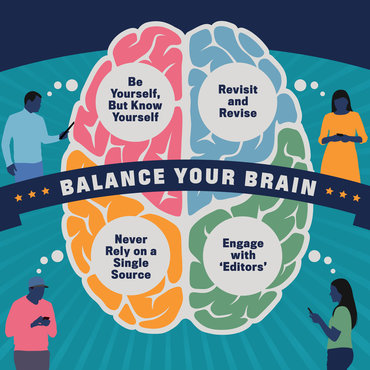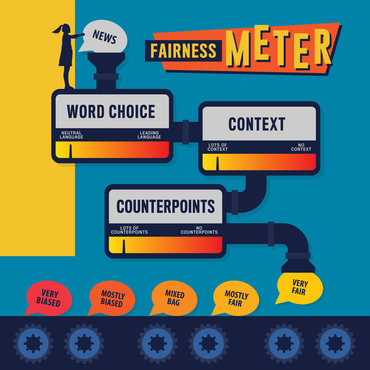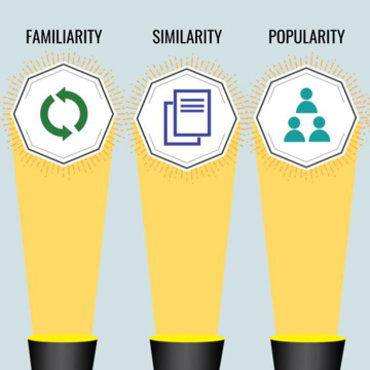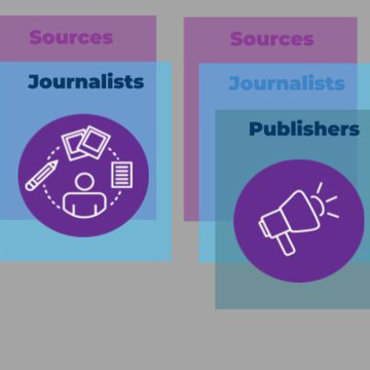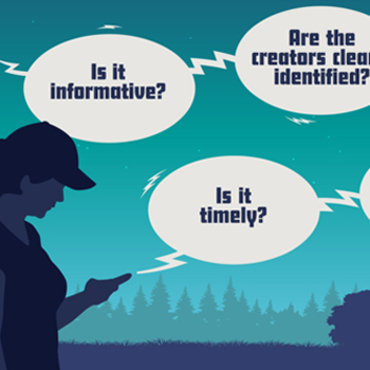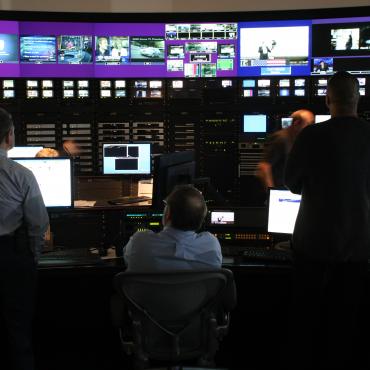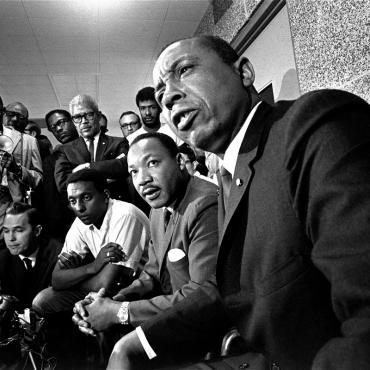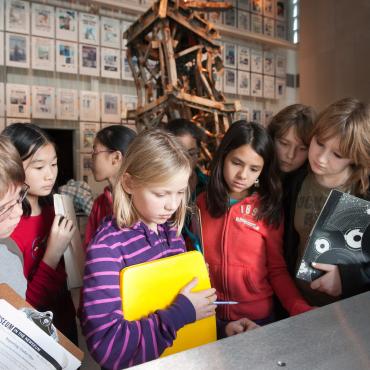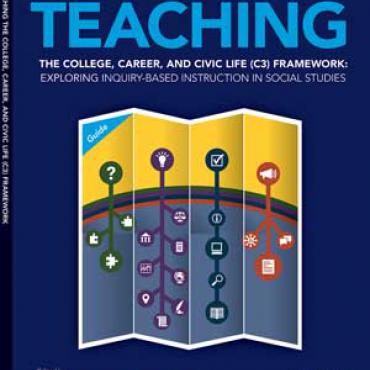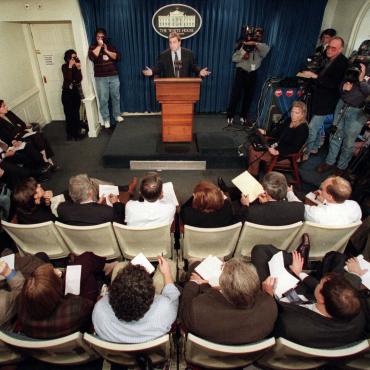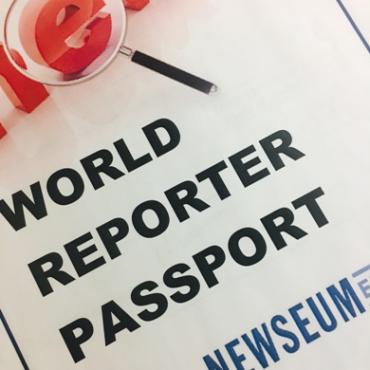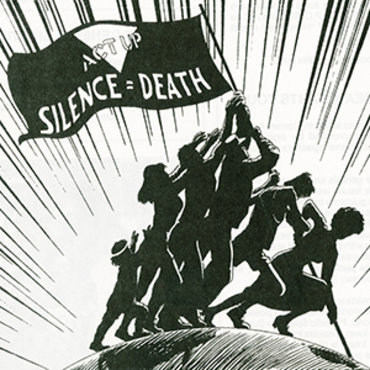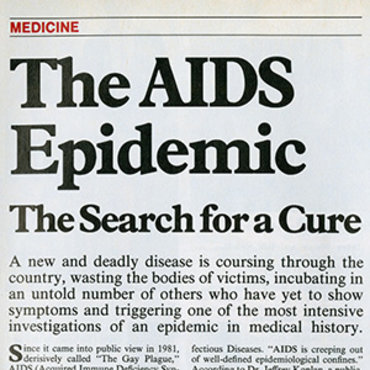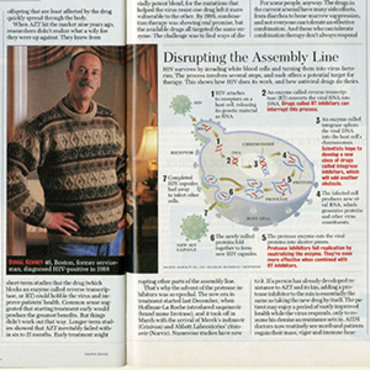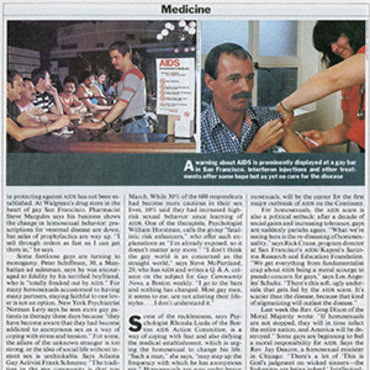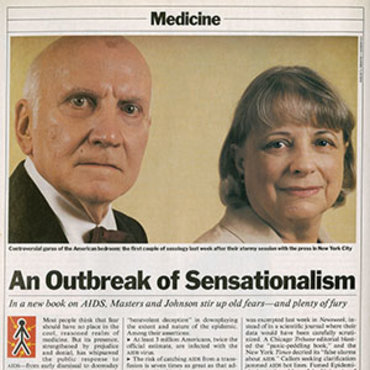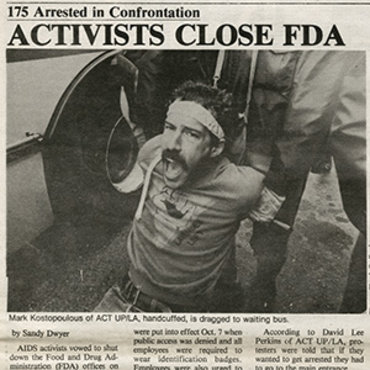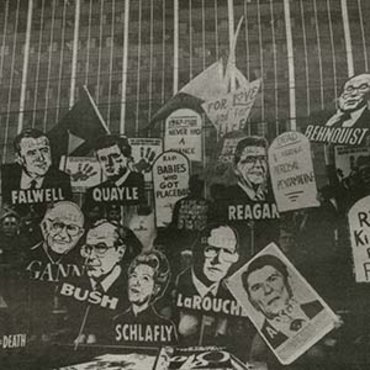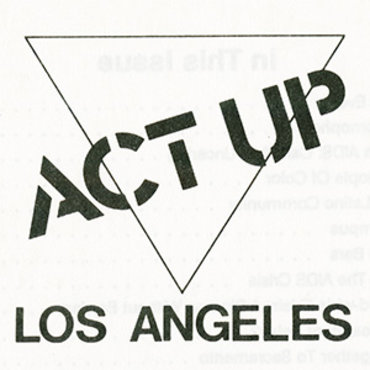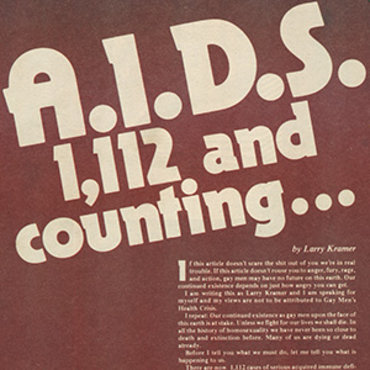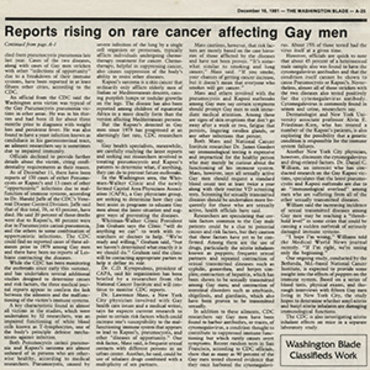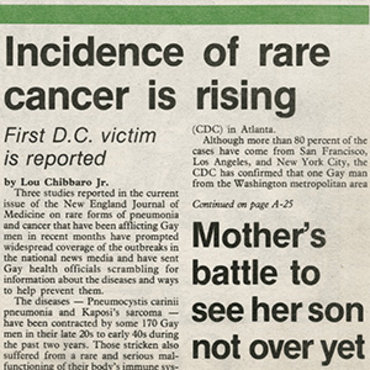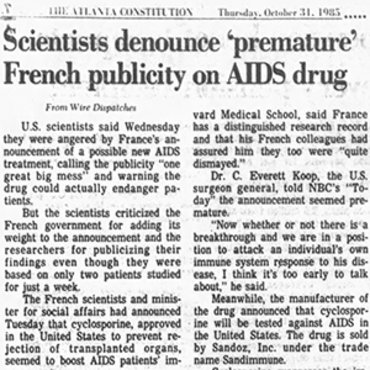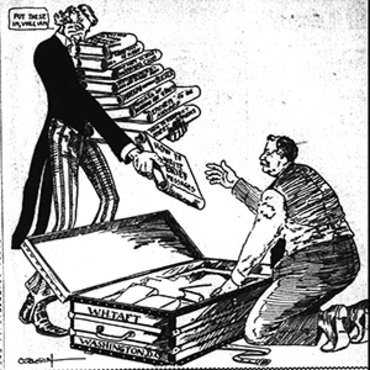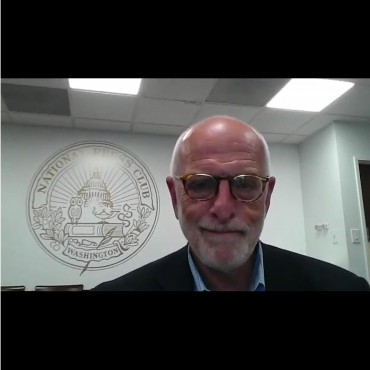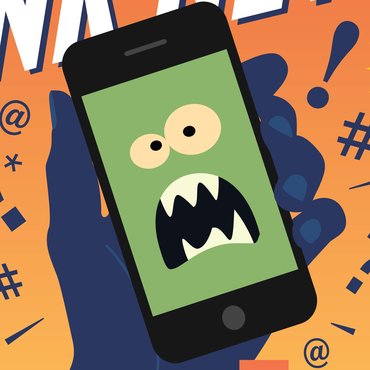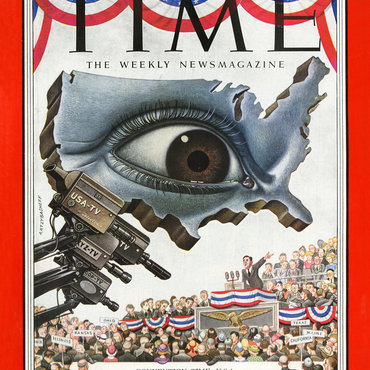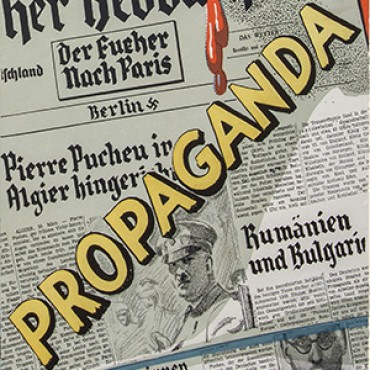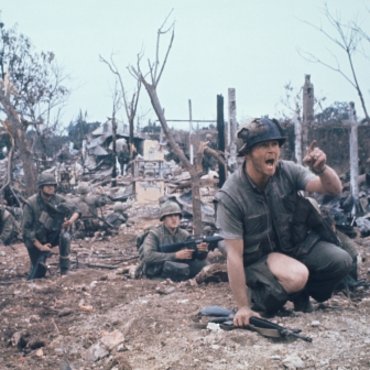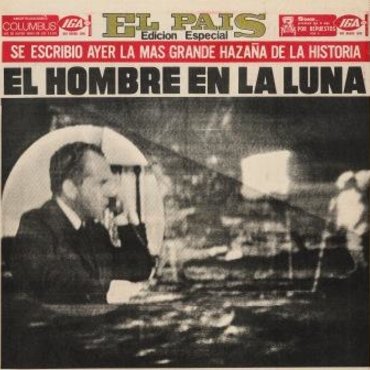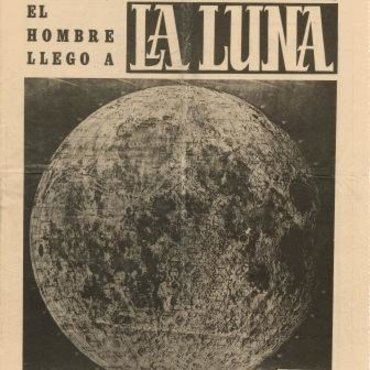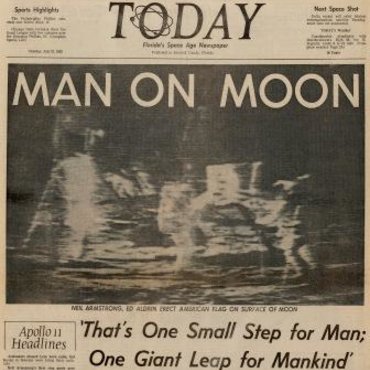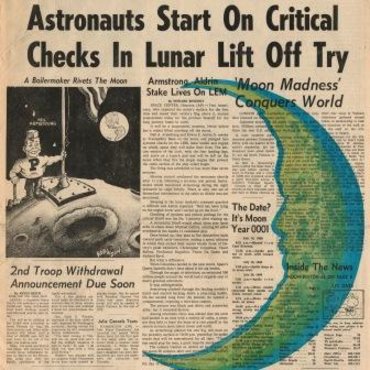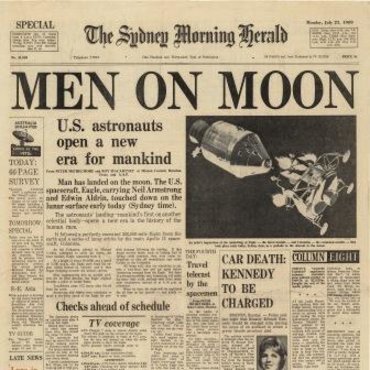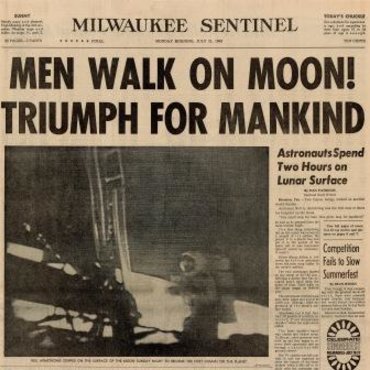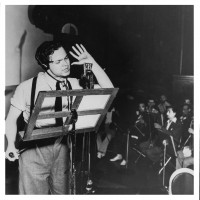
Use ‘War of the Worlds’ to Teach Media Literacy
This classroom activity features the classic 1938 “War of the Worlds” radio broadcast, which will help your students focus on their role as media consumers - and perhaps even get them into the Halloween spirit!
Get even more great free content!
This content contains copyrighted material that requires a free NewseumED account.
Registration is fast, easy, and comes with 100% free access to our vast collection of videos, artifacts, interactive content, and more.
NewseumED is provided as a free educational resource and contains copyrighted material. Registration is required for full access. Signing up is simple and free.
With a free NewseumED account, you can:
- Watch timely and informative videos
- Access expertly crafted lesson plans
- Download an array of classroom resources
- and much more!
- Journalism
- Media Ethics
- 6-12
- College/University
- In advance, listen to the original “War of the Worlds” broadcast: https://archive.org/details/OrsonWellesMrBruns. Determine which portions to play for students if the entire broadcast is too long.
- Read or summarize the background to the class.
- Pass out the worksheets and listen to the broadcast.
- While listening to the broadcast, students should use the Consumer’s Questions worksheet to analyze it.
- Discuss answers to the worksheets.
- Discuss the questions.
- Consumer's Questions worksheet (download), one per student or small group
- Did CBS have an ethical obligation to consider potential distress to listeners before broadcasting “War of the Worlds”? Why or why not?
- What tools and strategies did Welles use to make the “news report” realistic?
- After the program aired, critics called for federal censorship of radio scripts. Others advocated self-regulation by the broadcast industry. What are arguments for and against each position?
- Have you ever been fooled by a fake news report? What tools and strategies did the media producers use? How are they similar to and different from the tools and strategies Welles used?
View next-day coverage in The New York Times and the New York Post of “War of the Worlds” on the panic that ensued.
